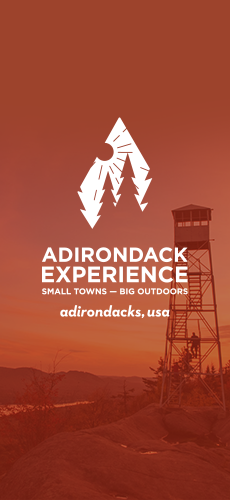Many great birding options
With so many great places to go birding in Hamilton County during late summer and early fall, it is difficult to impossible to choose the best or even my favorites. So, rather than take on the entire county in one go, here are some of the sites I like to visit the most when I’m around Raquette Lake. Even within this limited geographic area there’s enough fodder here to fuel several days of birding exploration.
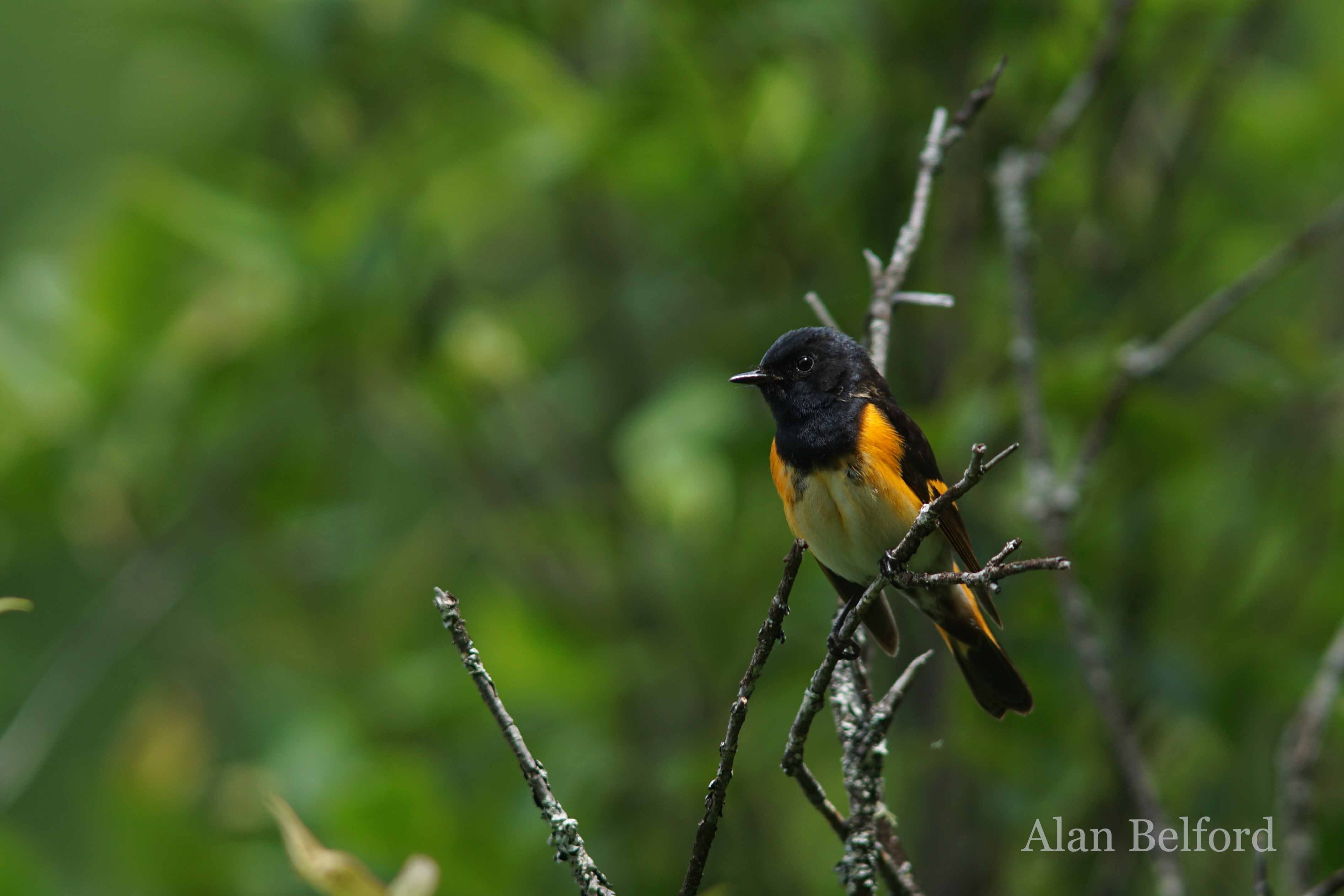
Browns Tract Inlet, Browns Tract Ponds, and Shallow Lake
You can see that I’m already cheating a bit because this is really three sites in one. But, they are all close together which means birders can visit them all fairly easily. For starters, the boardwalk which runs along Browns Tract Inlet is accessed via the canoe carry trail which comes from Eighth Lake, but birders don’t have to walk that far. They can access the trail from a small earthen parking area along Rt. 28, 2.4 miles west of Raquette Lake. It is about 0.7 miles from the parking area to the inlet.
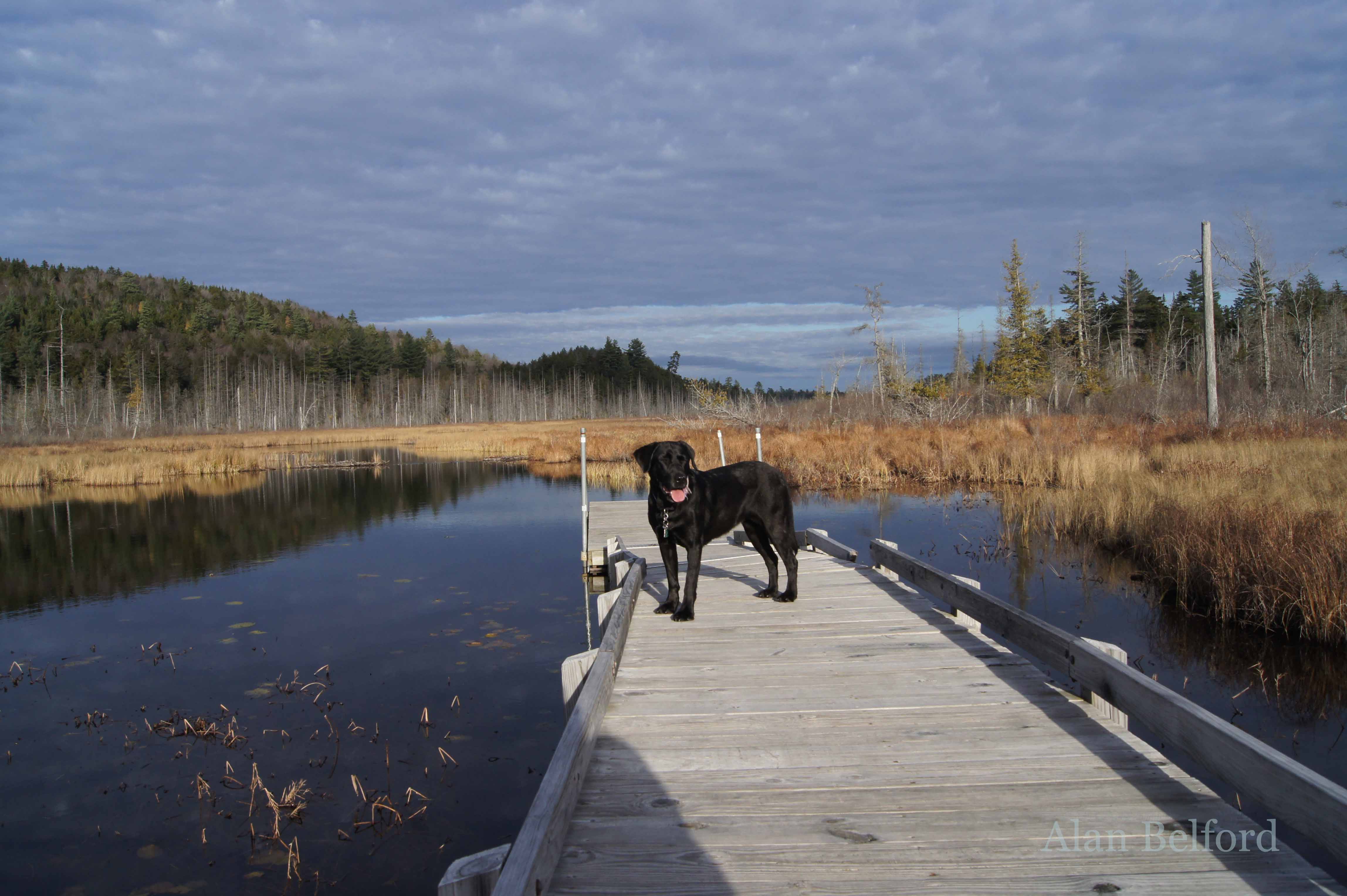
The woods along the trail grant birders the chance to find an array of warblers and other species, and the inlet itself offers wetland species like American Bitterns, warblers such as Canada Warbler, and Northern Waterthrush in the thickets, and boreal species like Black-backed Woodpecker, and Yellow-bellied and Olive-sided Flycatchers. In fact, intrepid birders can also paddle the inlet, which runs for nearly three miles from Raquette Lake. The easiest way to reach the inlet is from the Hamlet of Raquette Lake, where you can put-in a boat at the public beach north of the Co. Rt. 2 bridge. But, be prepared for wet feet if you go – you may have some beaver dams blocking your way. The obstacle course challenge and damp tootsies are worth the benefits of exploring such an amazing place.
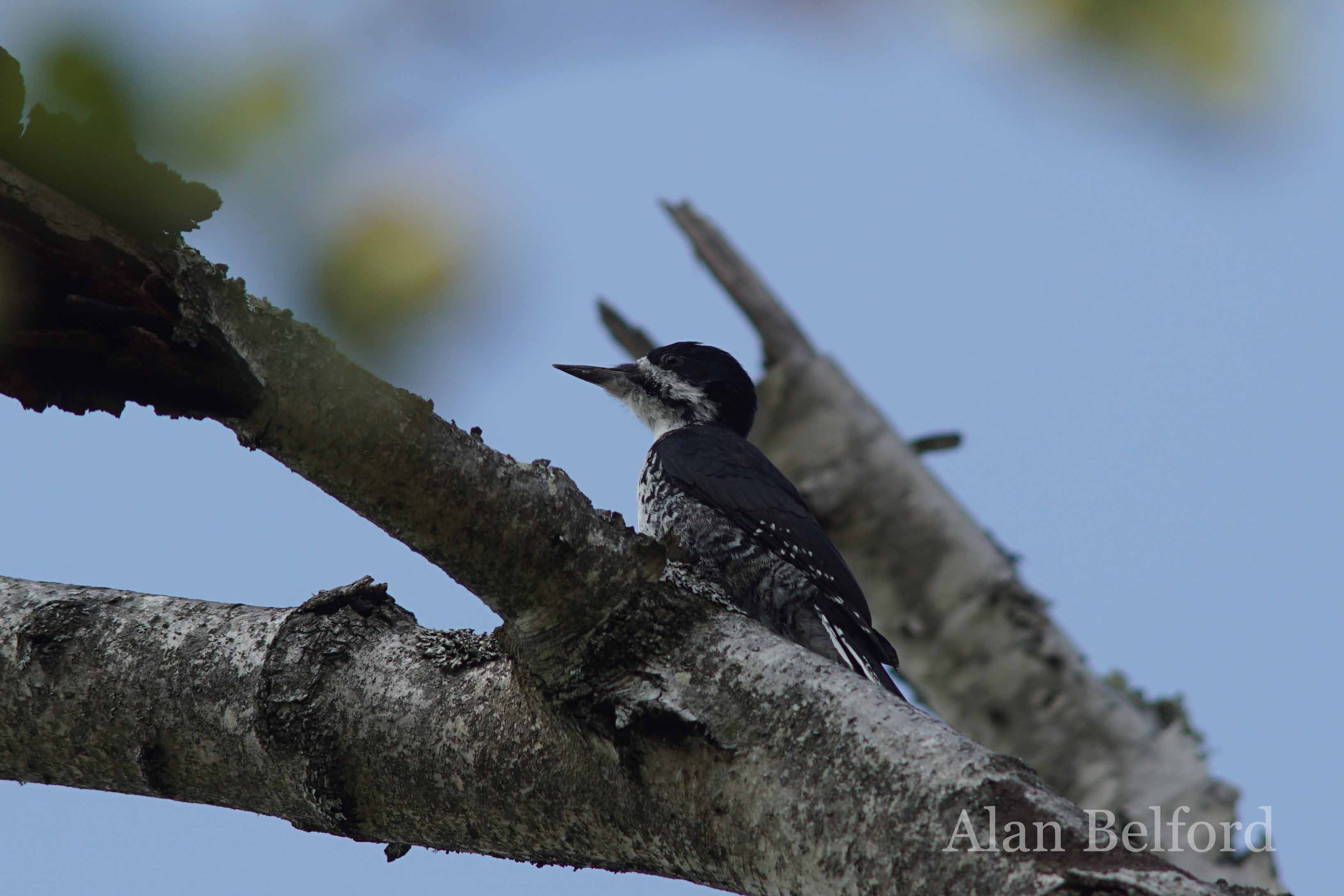
Birders will also want to check out Browns Tract Ponds, either from Brown Tract Pond State Campground or from the trailhead along Browns Tract Road (which becomes Uncas Road as you drive west). The mixed forest around the ponds and campground harbors a variety of species, from Blackburnian Warblers to Great Crested Flycatchers, and the ponds themselves make for a great swim after a long, hot — and potentially buggy — day of birding.
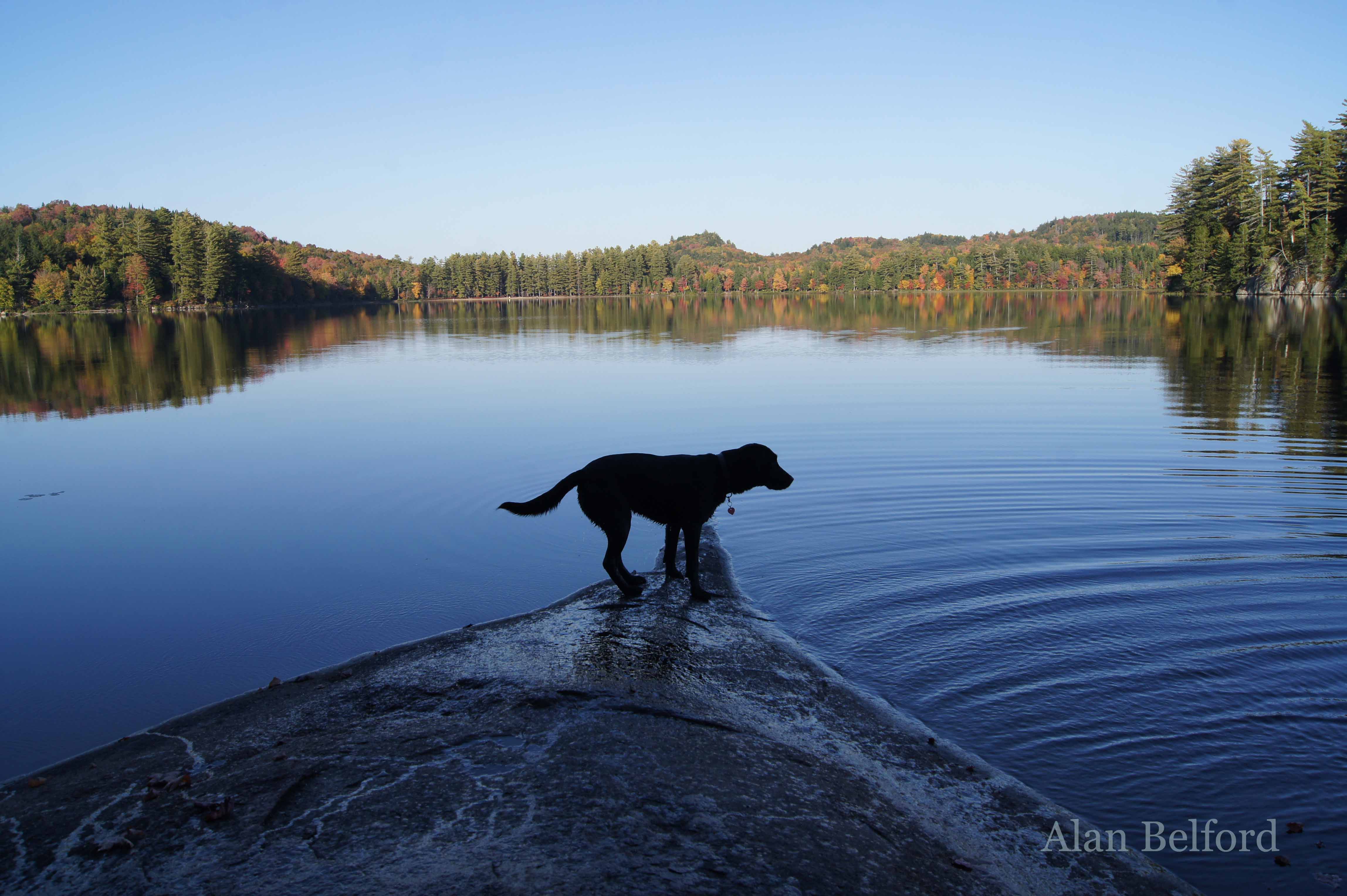
In addition, this trail which runs between the ponds also leads to Shallow Lake, which can be reached about two miles from the trailhead (a shorter route leads from the state campground). The trail traverses deciduous and mixed-deciduous habitats, with a continuing long list of warblers and other species to show for it, but birders may be most excited about the boreal habitats along the route – first near the crossing of Beaver Brook and later near the lake itself.
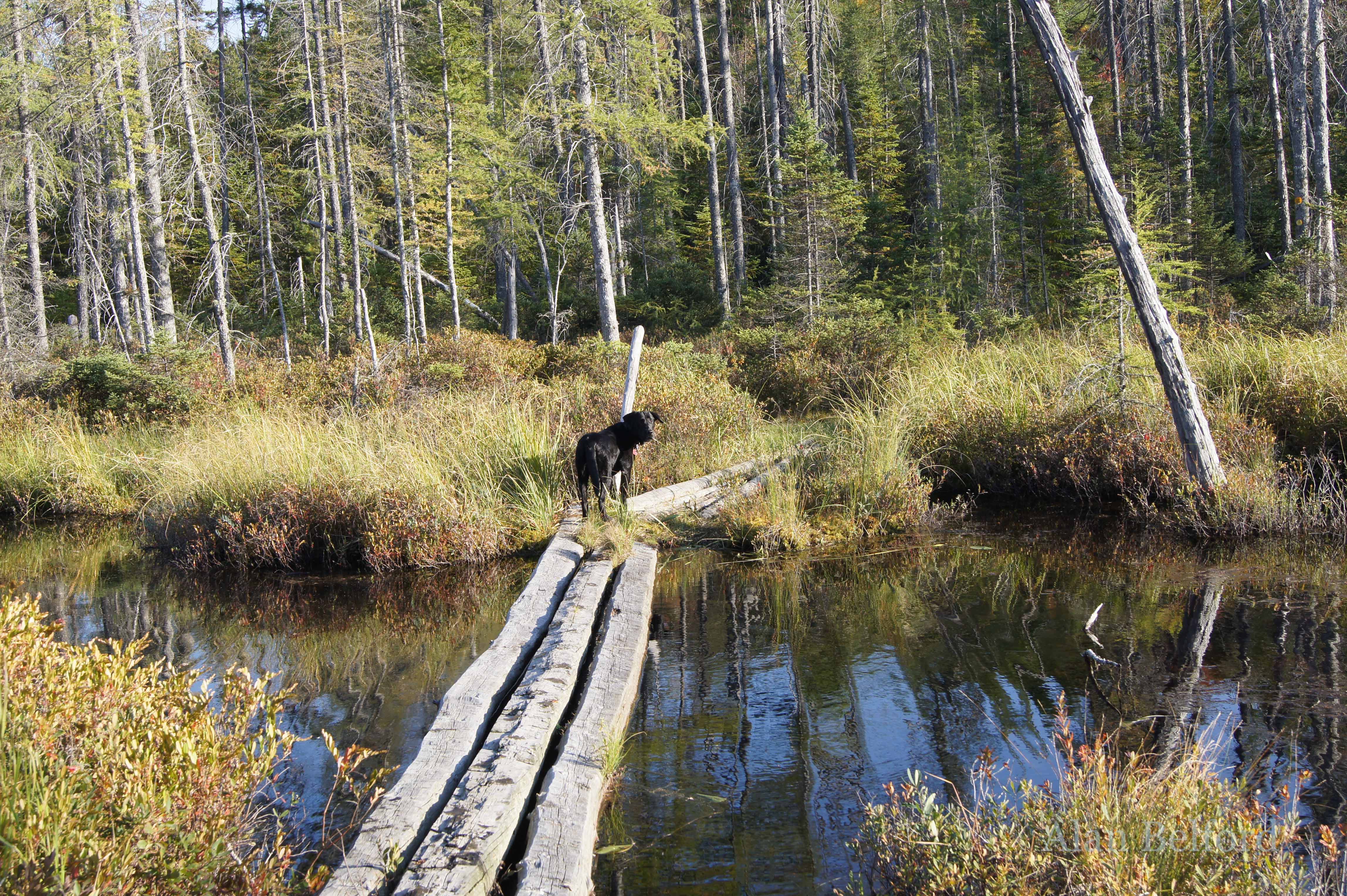
In such settings, birders can find conifer-loving warblers such as Nashville and Magnolia, and resident boreal species like Canada Jay and Black-backed Woodpecker as a result, but anyone going should know that the bridge crossing at Beaver Brook is dicey at best – so great care is necessary when taking it on. Make sure you eat a good breakfast and that you have worked on your balance beam routine, or you may be taking an unplanned swim! The good news is that boreal birds can be found without having to risk a wet crossing if you choose not to challenge the perilous bridge.
South Inlet
Another inlet to Raquette Lake, South Inlet, which can be reached along Rt. 28 from a small pull-off on the south side of the lake – 2.5 miles east of the junction of Rt. 28 and Co. Rt. 2 in Raquette Lake, is one of the best paddles in the area. It is also a great place for birding as the roughly two mile stretch of stream leads paddling birders through a wilderness setting which is framed by mixed deciduous and coniferous forest hosting everything from Black-throated Green and Yellow-rumped Warblers to Blue-headed Vireos.
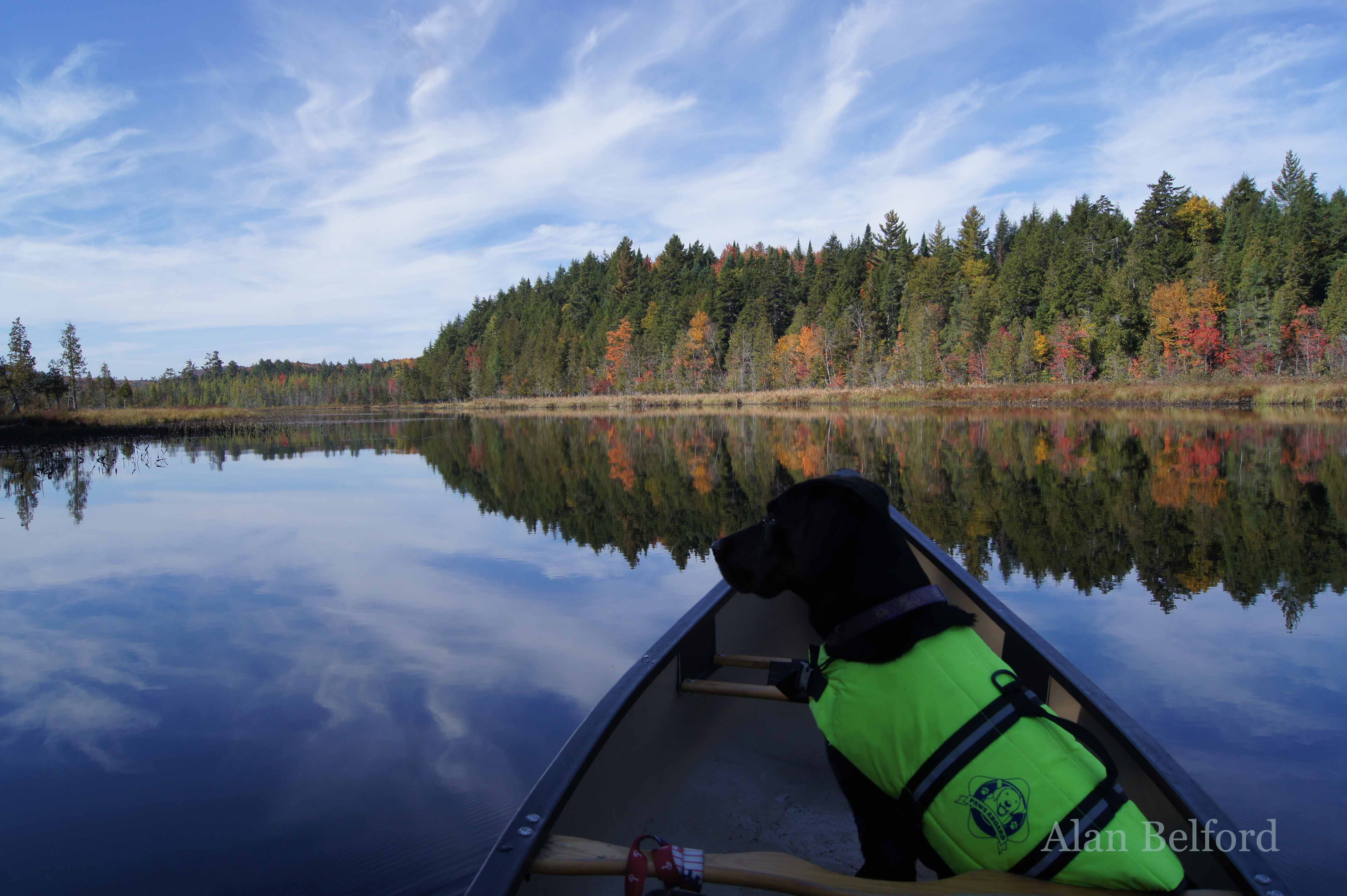
The marshy margins and edges of the stream are also home to Swamp Sparrows, Common Yellowthroats, and American Bitterns, while families of Wood Ducks and Common Mergansers can be spotted hiding in the weeds. In addition, the stream is well-known among birders for its boreal habitats, and birders can find species like Canada Jay, Black-backed Woodpecker, Olive-sided Flycatcher, Lincoln’s Sparrow, and Palm Warbler as a result. If birders time it right, they can eat their lunch at South Inlet Falls (where the paddle ends), and take a quick dip before retracing their route to their car.
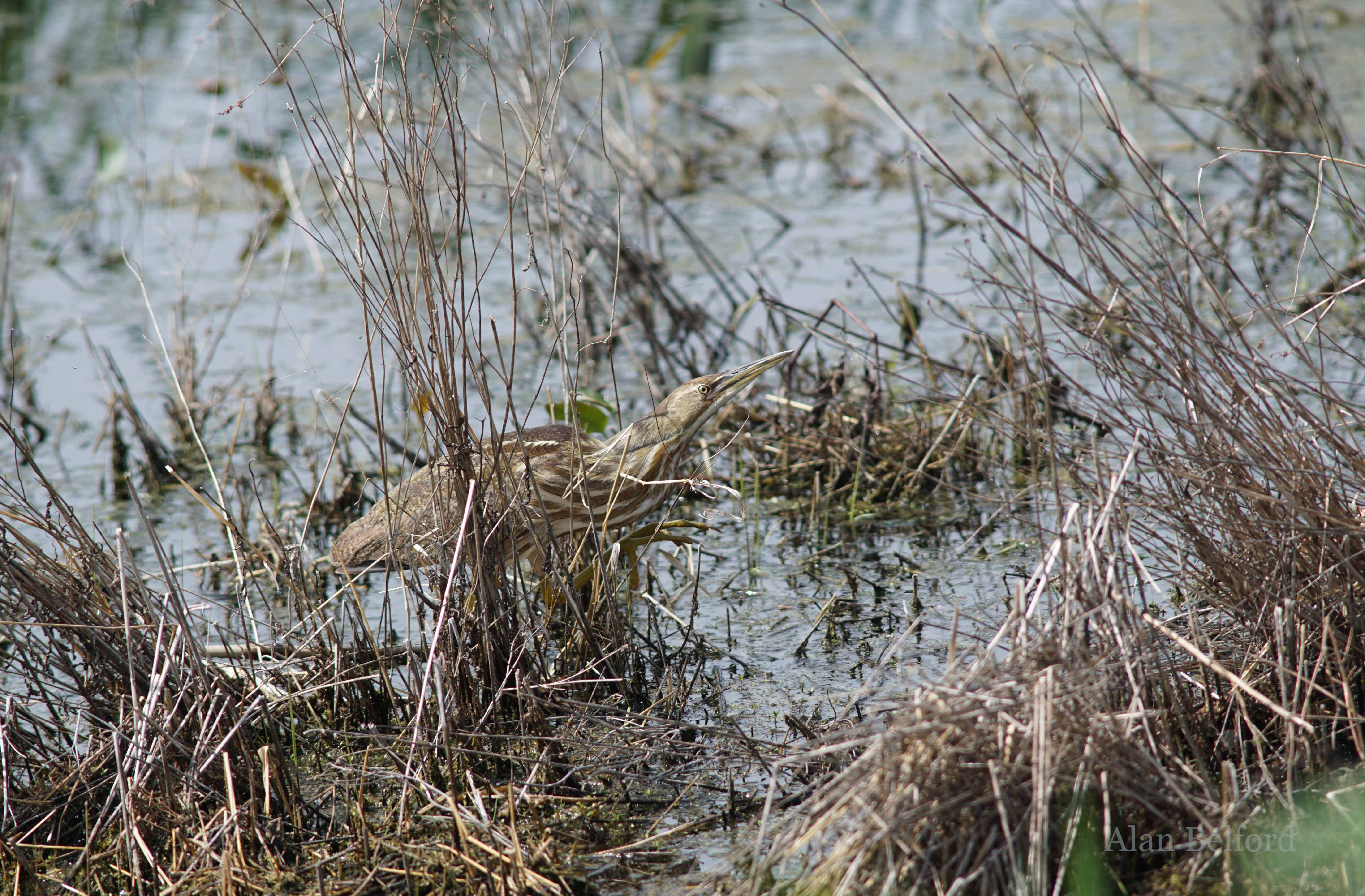
Ferd’s Bog
Perhaps the best known birding site in the entire county, Ferd’s Bog, has gained fame as a premier boreal birding location. It is in a small and easily hiked location. Ferd’s is reached along Uncas Road (about 3 miles from the Browns Tract Ponds), and a short, 0.3 mile trail leads birders to a plastic boardwalk from which they can view this beautiful gem. It is a good plan to stay awhile and wait to see what arrives.
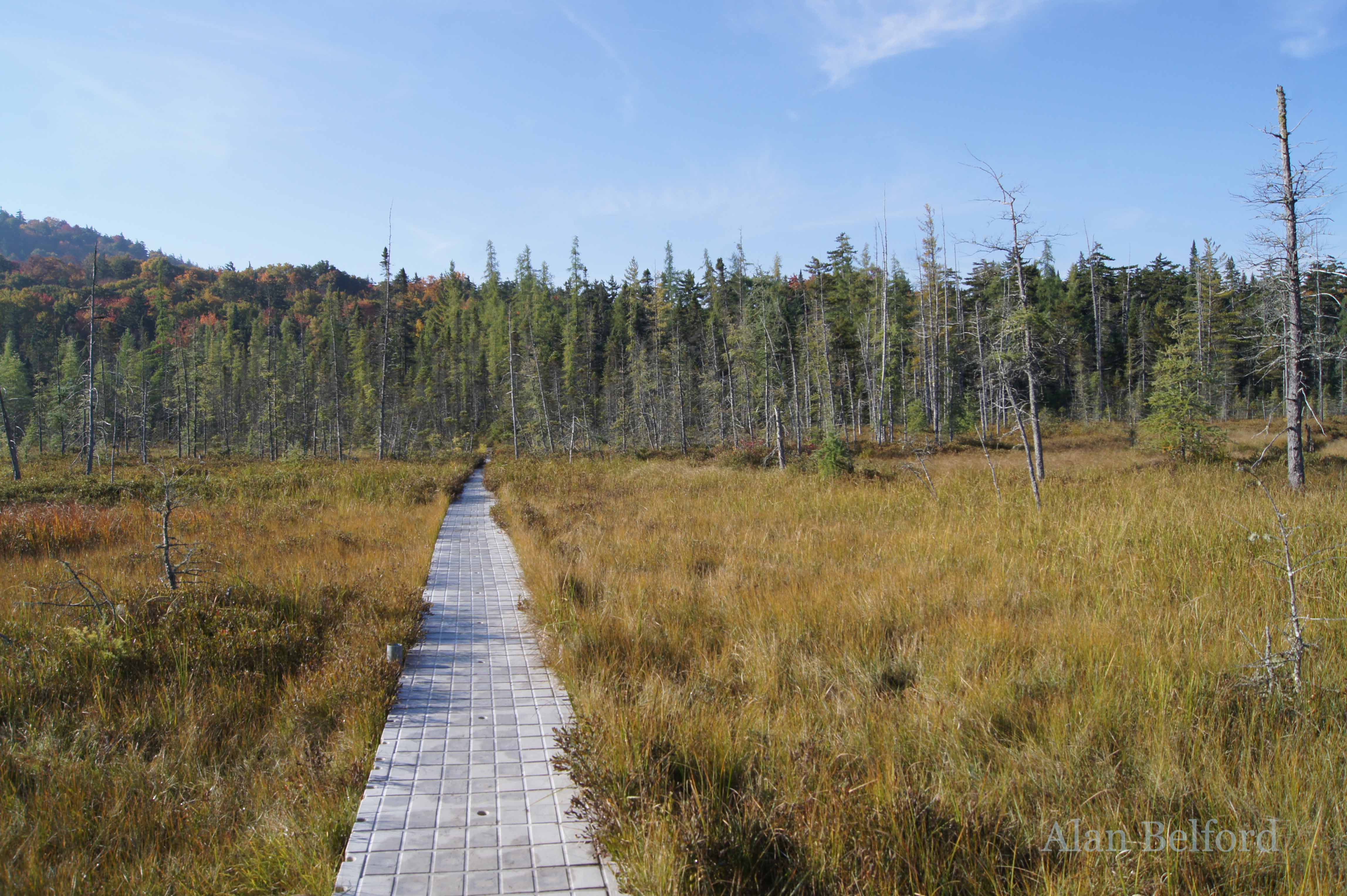
This can include boreal species like Canada Jay, Yellow-bellied Flycatcher, and Boreal Chickadee, as well as a suite of warblers, Red-breasted Nuthatches, Barred Owls, Brown Creepers, and a nice list of woodpeckers. This list not only includes Black-backed Woodpecker, but Ferd’s is one of the few places to host the locally rare American Three-toed Woodpecker. And while you shouldn’t expect to find one if you go, it is fun to hope! And it also great to know that this rare denizen of boreal habitats may still be found lurking somewhere. Ferd’s is also a good place to search for finches like Red and White-winged Crossbills in years with a good cone crop.
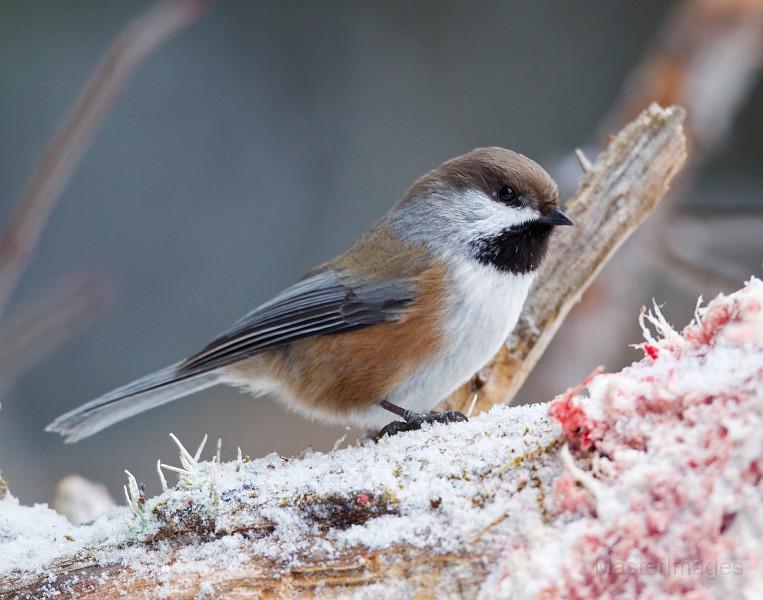
The Adirondacks offer great late summer and early fall birding and outdoor adventure! Plan your trip today by checking out our lodging and dining pages. And don’t forget that excellent camping can be found all over the region too!



